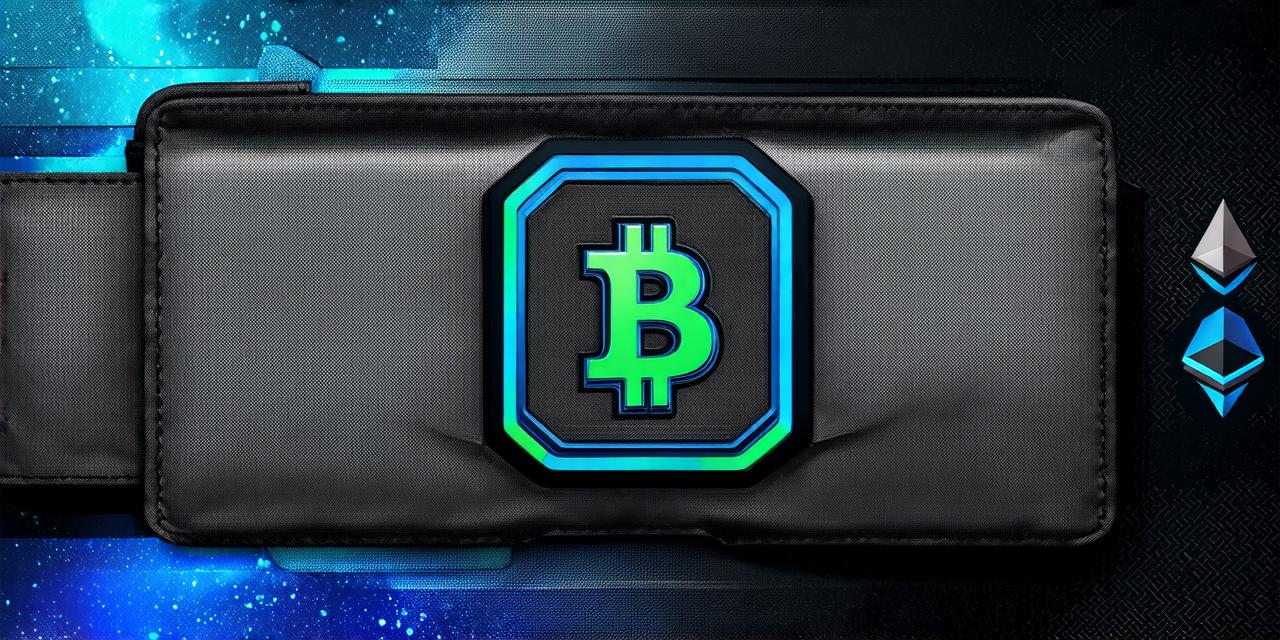Are you ready to join the world of cryptocurrencies? If so, setting up a cryptocurrency wallet is the first step. But with so many options available, it can be overwhelming to choose the right one. As a crypto developer, you know the importance of security and reliability when it comes to managing your digital assets. In this article, we’ll take you through the process of setting up a cryptocurrency wallet, including the most popular options and how to use them effectively.
What is a Cryptocurrency Wallet?
A cryptocurrency wallet is a software program or hardware device that stores your private keys and allows you to send, receive, and manage your digital assets securely. Think of it as an online bank account for your cryptocurrencies. Just like you would store cash in a physical wallet, you need to store your cryptocurrencies in a wallet to keep them safe and accessible.
Choosing the Right Wallet
There are many different types of cryptocurrency wallets available, each with its own benefits and drawbacks. Here are some of the most popular options:
1. Hot wallets: These are online wallets that are connected to the internet. They are convenient for frequent transactions but can be less secure than cold wallets. Examples include Coinbase, Binance, and Kraken.
2. Cold wallets: These are hardware wallets that are not connected to the internet. They provide maximum security for your digital assets but require a bit more setup. Examples include Ledger, Trezor, and KeepKey.
3. Paper wallets: These are physical wallets made from paper that contain your private keys. They are low-cost and easy to use but can be vulnerable to theft if lost or damaged.
4. Mobile wallets: These are apps for smartphones that allow you to store and manage your cryptocurrencies on the go. Examples include MyEtherWallet, Trust Wallet, and Coinbase Wallet.
When choosing a wallet, consider factors such as security, ease of use, and compatibility with the cryptocurrencies you plan to hold. It’s also important to choose a reputable wallet provider that has a proven track record of keeping user funds safe.
Setting Up Your Cryptocurrency Wallet
Now that you’ve chosen your wallet, it’s time to set it up. Here are the general steps:
- Go to the website or download the app for your chosen wallet provider.
- Click on “Create Account” and follow the prompts to create a new account. You may be asked to provide personal information such as your name and email address.
- Verify your account by following the instructions provided. This may involve entering a verification code sent to your email or phone number.
- Once your account is verified, you can log in and begin using your wallet. If you’ve chosen a hot wallet, you may need to link it to your bank account or credit card to transfer funds in and out.
- To add a cryptocurrency to your wallet, click on the “Add Asset” button and follow the prompts. You may be asked to enter the cryptocurrency’s name, ticker symbol, and amount you want to add.
- Once your cryptocurrency is added to your wallet, you can start sending and receiving transactions. Be sure to keep your private keys safe and never share them with anyone.

Best Practices for Cryptocurrency Wallet Security
As a crypto developer, you know the importance of keeping your digital assets secure. Here are some best practices to follow when using your cryptocurrency wallet:
- Never share your private keys with anyone. Your private keys are like the password to your wallet – if someone gets access to them, they can take your funds.
- Use a strong, unique password for your wallet and enable two-factor authentication for added security.
